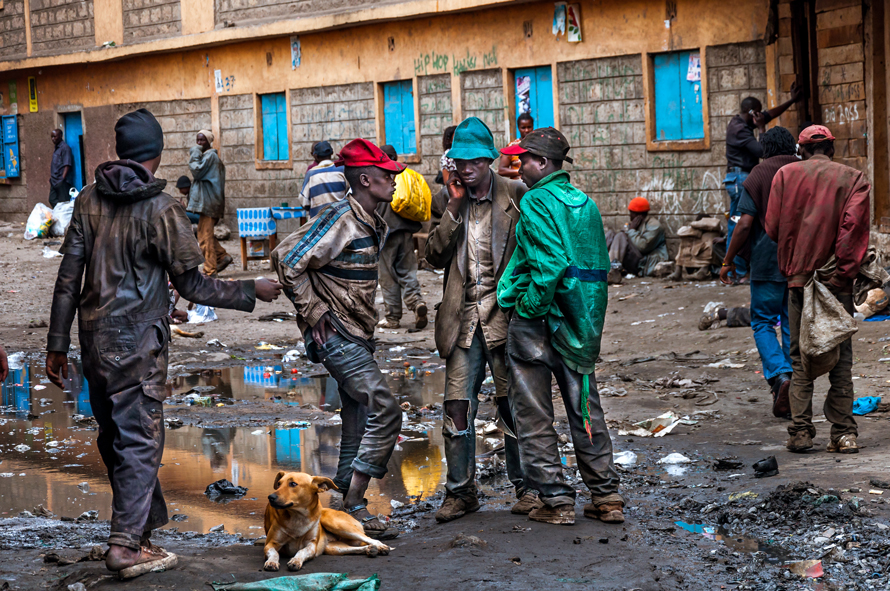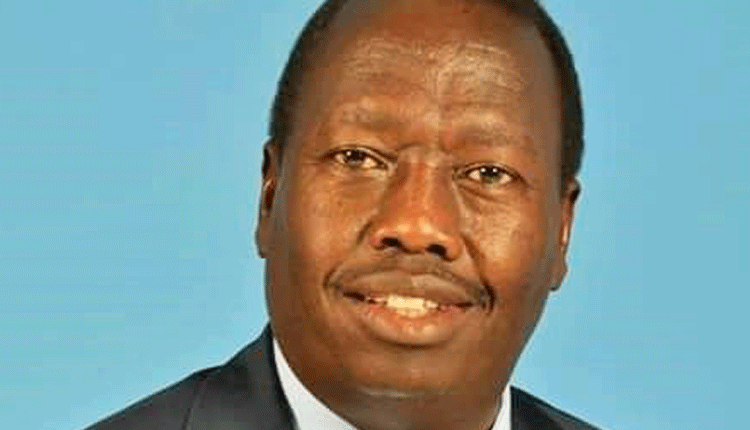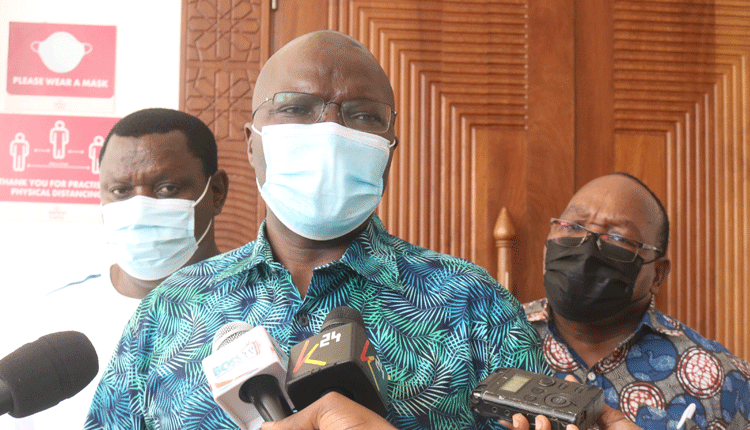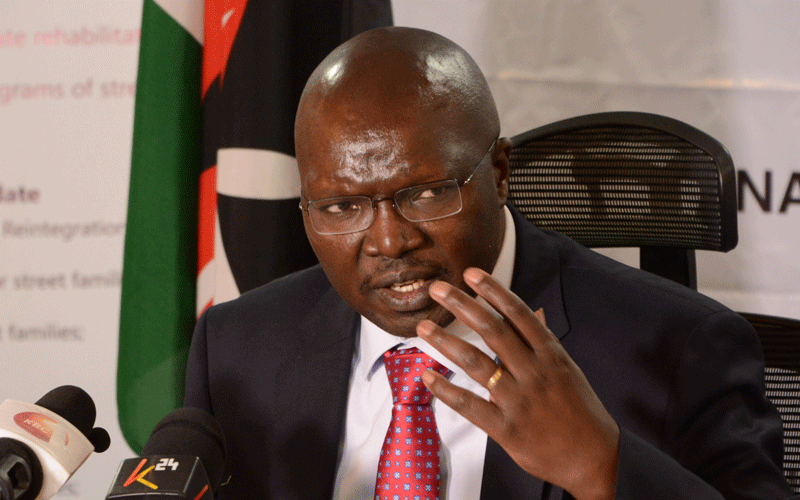State reveals amount street families will get monthly

More than 46,000 street persons in the country will be included in the safety net programme and could start receiving Sh2,000 per month soon, Labour Cabinet Secretary Simon Chelugui said yesterday.
Speaking during the official launch of the first street families’ national census, Chelugui said street families remain the most marginalised group in society.
The country has a total of 46,639 people living in the streets, majority of whom are youth aged between 19 – 34, the report says.
“The data will help us to understand the finer details of this population in order to mount rescue, rehabilitation, reintegration and re-socialisation activities in supporting this vulnerable group,” he said.
Chelugui added the data would also inform the targeting of street families for inclusion in the safety net programme under Inua Jamii Cash Transfer Kitty.
The census by Street Families Rehabilitation Trust Fund (SFRTF) shows that 21, 550 of them are aged between 19-34 while those aged below 19 are 165,752.
Drafting policies
Nairobi has the highest concentration of street persons at 15,337 followed by Mombasa with 7,529, then Kisumu, Uasin Gishu and Nakuru with 2,746, 2,147 and 2,005 respectively.
The street families have taken over the capital city with Kimathi Street, Moi Avenue, Aga Khan Walk and Tom Mboya Avenue being among the worst affected stretches in the city centre.
According to the Trust Fund chair Jebii Kilimo, the census is timely, as it will hasten the process of drafting policies that will guide implementation of the rehabilitation of street families.
“It will also help in development of the national Street Families Bill and a Street Families Trust Fund Strategic Plan,” she added.
In the 2020/2021-budget policy, a total of Sh231 million has been factored for the Trust Fund.
“We have so far rehabilitated a total of 1,000 street persons and supported 25 rehabilitation centres especially during this Covid-19 period to a tune of Sh44 million,” said Jebii.
The push and pull factors for the street families are social family breakdown, high poverty level, corporal punishment, begging and scavenging, unemployment, lack of school fees, peer pressure among others.
The census showed 76 per cent of street persons had reached primary school level education while 14 per cent reached secondary level education.
At least 56 per cent of children aged five years did not know the whereabouts of their parents. The report has shown that 92.2 per cent of males were involved in peddling drugs and alcohol while 96.1 per cent of females engaged on sex work at night.
Recommendations
It showed that five per cent of children aged 10-18 have either married or are living with a partner. Another 58 per cent of street families have never been married while 22 per cent said they were either married or living with their partners.
“At least 68 per cent of street families aged 10 years and above have had sexual intercourse. Out of these, only 37 per cent of them used condoms during their last sexual intercourse, leading to exposure on sexually transmitted infections,” reads the report.
Seventy per cent of females compared to 59 per cent of males among street families were not using condoms and more youths aged 15-29 (67.6 per cent) were more likely not to use condoms during sexual intercourse. It showed that females on the street were more talented in hairdressing (93 per cent) tailoring and dress making at 78 per cent and catering at 65 per cent while males were more talented in carpentry and joinery at 99.3 per cent and welding at 98.8 percent.
The report recommends redefinition of the mandate of SFRTF to include supervisory role and ensure professionalism and empathy in rescues, rehabilitation and reintegration activities.
The Fund should also facilitate coordination of communication on programmes implemented for street families and promote ownership and sustainability.
There are also calls to have a census of street families every five years to monitor and evaluate progress of implementation of projects put in place to reduce the number of street persons in the country.











